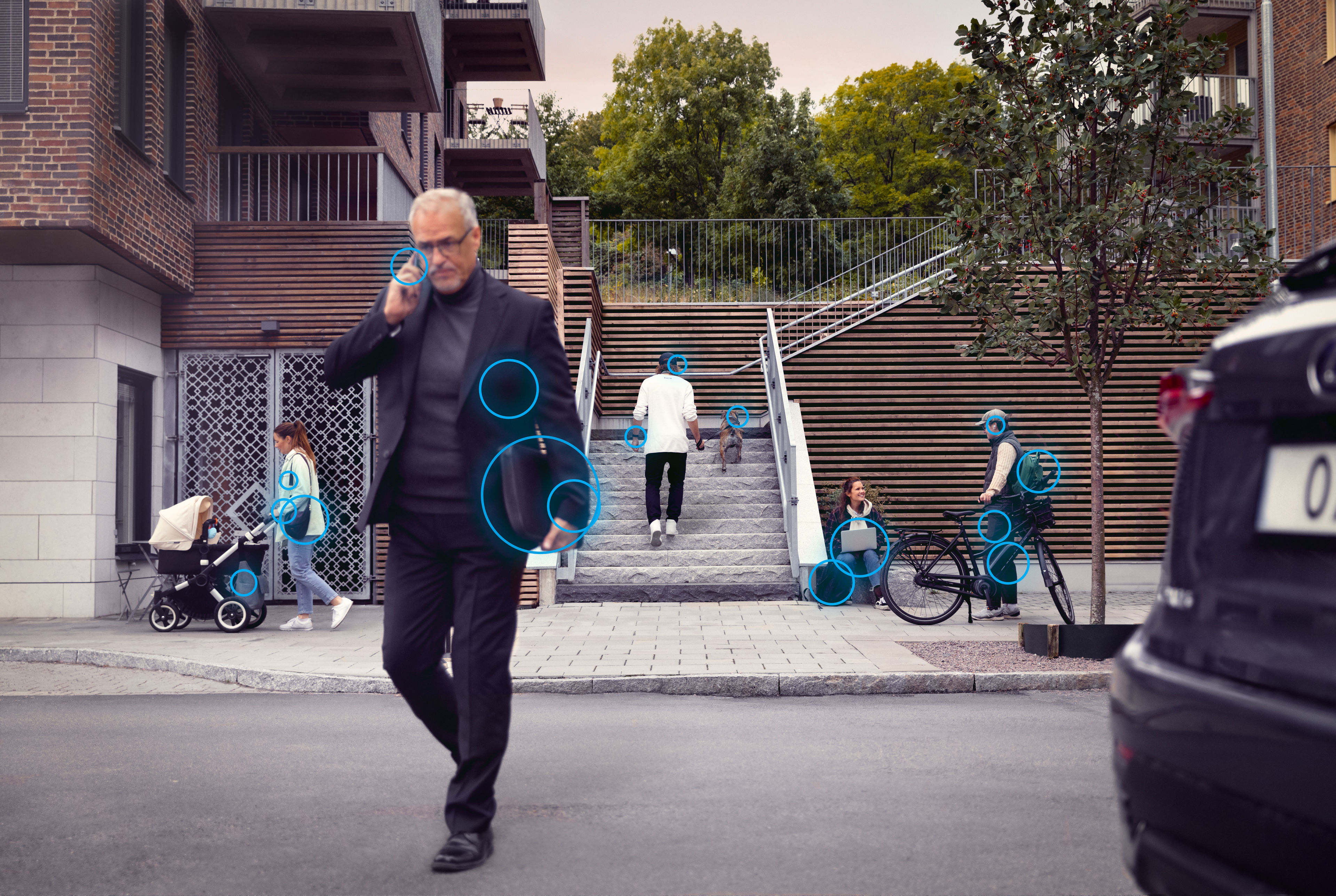- Material recycling
- Plastic
- Paper
- Electronics
- Metals
- Batteries
- Hazardous waste
- Alternative raw materials
- Industry solutions
- Manufacturing
- Public sector
- End-of-life vehicles
- Automotive
- Retail
- Process industry
- Infrastructure
- Recycling services
- Waste collection and recycling
- Total waste management
- Outsourcing
- Demolition
- Reuse
- Confidential sevices
- Stena Circular Consulting
- Circular business solutions
- Success stories & Tools
- Meet the team
- Insights & Inspiration
- Guides & Articles
- Videos
- Events

News & Insights
EU Battery Regulation make new demands on industry

"The legislation is driving new circular partnerships between producers and recyclers. We are embarking on an important and exciting journey with our customers. Our ongoing initiatives create value for our customers and the planet, and are in line with the new legislation and developments in the battery market"
Marcus Martinsson
Here is an excerpt from the EU legislative proposal:
Open information on batteries and traceability
- Manufacturers will be required to provide access to information in control systems for automotive batteries with a capacity of 2 kWh or more. This is to facilitate the handling of these batteries and determine their suitability for reuse or recycling.
- The material content, the quantity of each material and its origin should be indicated on automotive and industrial batteries.
- From 2027, the EU will require batteries to be labelled with the name of the manufacturer, type of battery, date of manufacture, presence of hazardous substances and other information that facilitates recycling or reuse.
- Reconditioned or reused batteries must be accompanied by documentation regarding their status, a change of ownership certificate and technical documentation.
- Manufacturers will be required to include information with end-of-life batteries that minimize waste and contribute to the reuse or recycling of their material content. They must also provide information about how automotive batteries should be safely dismantled, transported and recycled. In addition, they will be obliged to disclose the environmental and health impact of battery contents.
- The EU is seeking to introduce an electronic battery passport for industrial and automotive batteries with a capacity of 2 kWh or more, which will contain all available information on each battery. When the status of the battery changes (e.g. due to repair or reuse), this information will need to be updated.
Increased recycling and reuse
- It’s a current requirement that, at least, 50% of a battery’s weight must be recycled. From 2026, this requirement will increase to 65% for lithium-ion batteries and to 70% from 2031. Specific recycling requirements will also be introduced for the lithium, cobalt, copper, nickel, and lead content of batteries. For example, the required recycling rate for lithium will increase from 35 to 70% between 2026 and 2030. The EU is seeking to set a 90% recycling rate for cobalt, copper, nickel, and lead from 2026.
- Recyclers will have to report annually on the quantity of batteries they handle and recycle, as well as the recycling rates of the various materials extracted. It will also be a requirement to measure the efficiency of their recycling processes.
- Manufacturers will be required to increase the number of portable batteries they collect by 45% by 2026, and by 70% by 2030.
- The export of used batteries outside the EU will only be permitted if the recipient's battery management procedure meets EU's requirements.
Increased use of recycled raw materials
- As early as 2027, the proposed EU legislation will require manufacturers to provide transparent information on the quantity of recycled cobalt, lithium, nickel, and lead in new car batteries. The required amount of recycled cobalt and lithium will more than double from 2030 to 2035.
For further information

The battery product life: trends and initiatives in the value chain
Using lithium-ion batteries is a great resource for manufacturing new ones. But it's important to manage them properly throughout their product life. From designing them to recycling the materials. Are you in control of your batteries?

Answers from our experts - the future of battery recycling
We received many interesting questions from the audience attending The Future of Battery Recycling webinar. Here we have collected all the questions and answers. The answers are provided by the experts who participated in the event and Stena Recycling's R&D department.
Share article





